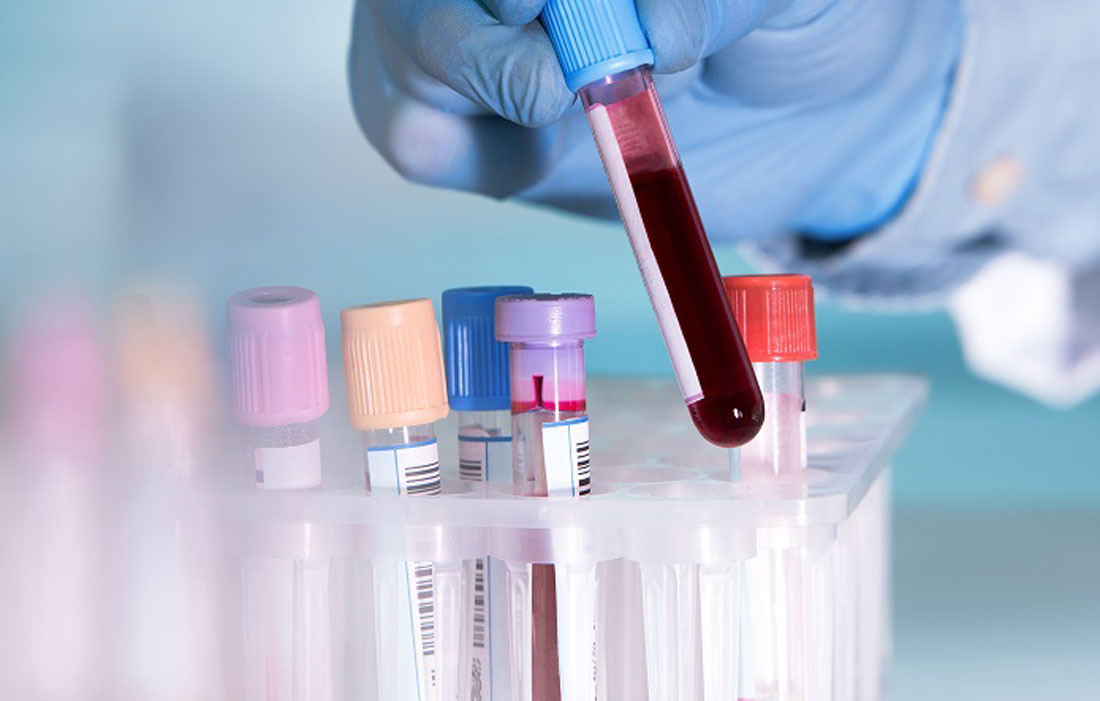Blood tests are essential tools in modern medicine, helping doctors assess overall health, diagnose conditions, and monitor treatments. If you’re curious about the process of having your blood tested for everything, it might seem overwhelming. However, it’s simpler than you think.
Table of Contents
ToggleWhy Get a Comprehensive Blood Test?
A comprehensive blood test provides a detailed snapshot of your health. It can detect issues ranging from nutritional deficiencies to chronic diseases. Regular blood tests are important for:
- Detecting potential health problems early.
- Monitoring chronic conditions.
- Tracking the effectiveness of treatments.
- Establishing a baseline for future comparisons.
With advancements in technology, modern blood tests can analyze a wide range of markers, making it easier to identify specific concerns like hormone imbalances, vitamin levels, and organ function.
Step-by-Step Process of Blood Testing
1. Consult Your Doctor
Before getting tested, schedule a consultation with your healthcare provider. Discuss your symptoms, health goals, and any specific concerns. Your doctor can recommend the right blood tests tailored to your needs, whether it’s a complete blood count (CBC), metabolic panel, or specialized tests.
2. Choose a Testing Facility
You can have your blood drawn at hospitals, clinics, or diagnostic labs. Alternatively, services like HealSens allow you to access advanced testing solutions conveniently.
3. Prepare for the Test
Depending on the type of blood test, your doctor may provide specific instructions, such as:
- Fasting: Some tests require fasting for 8–12 hours to ensure accurate results, especially those measuring blood sugar or cholesterol levels.
- Hydration: Drink plenty of water before your test to make the blood draw easier.
- Medication Adjustments: Let your doctor know about any medications or supplements you’re taking, as these might affect your results.
4. Blood Draw Procedure
When you arrive at the testing facility, a trained technician or phlebotomist will perform the blood draw. Here’s what to expect:
- You’ll be seated, and your arm will be cleaned with an antiseptic.
- A tourniquet will be applied to make veins more visible.
- A small needle will be used to draw blood, which may take a few minutes.
- The technician will collect the blood into labeled vials for analysis.
While the procedure might feel slightly uncomfortable, it’s generally quick and safe.
5. Laboratory Analysis
Once your blood is collected, it is sent to a lab for analysis. Advanced equipment evaluates various biomarkers based on the tests ordered. Results can take anywhere from a few hours to a few days, depending on the complexity of the tests.
Interpreting Your Results
When your results are ready, your doctor will review them with you. They’ll explain what the numbers mean and how they relate to your health. Key points to consider:
- Normal vs. Abnormal Levels: Some deviations might not require treatment, but others may signal a need for further investigation.
- Follow-Up Tests: In some cases, additional tests may be recommended to confirm a diagnosis.
- Lifestyle Changes or Treatment: Based on the results, your doctor may suggest dietary adjustments, supplements, or medical interventions.
Tips for Accurate and Efficient Testing
- Be Honest: Share all relevant information about your health history and current habits with your doctor.
- Stay Informed: Ask questions about which tests are necessary and what they assess.
- Plan Ahead: Schedule your test at a time that aligns with any fasting requirements.
- Keep Records: Maintain a file of your test results to track changes over time.
Conclusion
Having blood tested for everything is a straightforward and invaluable step toward understanding your health. The process involves consultation, preparation, the blood draw, and interpretation of results. Services like HealSens make it easy to access comprehensive testing solutions for peace of mind and proactive health management.




